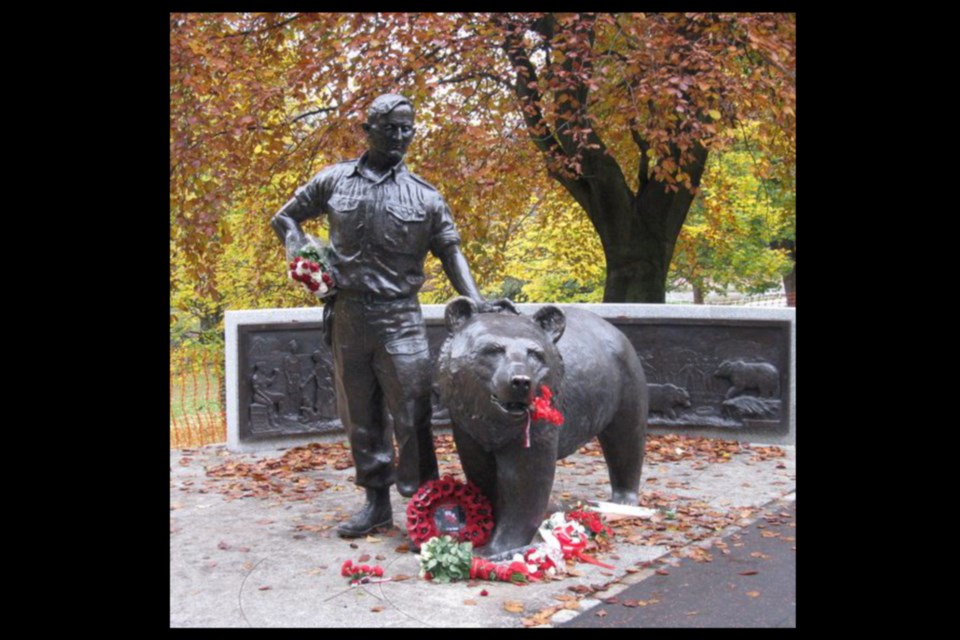ATHABASCA/BARRHEAD/WESTLOCK — From Hannibal’s elephants in the Second Punic War to horses, bears, dogs, carrier pigeons and more, creatures of all sizes, from land and air and even the sea have played their own roles while humans war.
Usually during Remembrance Day people take time to reflect upon the people who gave their lives and those still serving but the animals who also served are forgotten. Horses, elephants, and camels were used for transportation, hauling supplies, and mounted attacks while pigeons carried messages and were used in photographic espionage.
During the Second World War, the Soviet Red Army used camels to transport ammunition, tanks of aircraft fuel, food, water, and wounded soldiers. And mules were commonly used by the United States Army, British Army, and Indian Army during the Second World War to take supplies and equipment over difficult terrain. They were chosen because they are sure-footed, cautious, and hardy.
Both Sweden and the former Soviet Union tried to domesticate moose to use in deep snow, but they easily contracted diseases from the other livestock and were skittish, often fleeing the battleground.
Marcus Aurelius was first documented as using dogs in war during the Roman Empire, but the practice was used much earlier in history than that. Dogs were used to kill enemy soldiers, carry supplies and messages, and some like the Great Dane were used because of their enormous size to scare horses causing the rider to fall or even leap onto the rider knocking them down.
Animals are still used in combat detecting bombs; cats are on ships to control the rat population and chickens were used during the Gulf Wars in operation Kuwaiti Field Chicken (KFC) to detect poisonous gases.
Even as morale boosters, animals can’t be beaten.
Unofficially, the U.S. Marines have had a bulldog as their mascot for 65 years and are on their 16th Chesty – Chesty XVI. Originally started to create and maintain public interest in the Marines, the first bulldogs were named Jiggs, after a popular cartoon of the time, ‘Maggie and Jiggs.’ The first Jiggs was enlisted, as is the custom for mascots, on Oct. 7, 1922.
When Sergeant Major Jiggs died Jan. 9, 1927, his satin-lined coffin laid in state at Quantico, Virginia. During the 1930s through early 1950s the bulldogs were named Smedley after Major General Smedley ‘Maverick Marine’ Butler and the name was changed again to Chesty on July 5, 1957, named for Lieutenant General Lewis “Chesty” Puller who is the most decorated U.S. Marine in history.
This Remembrance Day, while you're honouring the veterans who take a moment to remember the animals who gave their lives in human wars.



